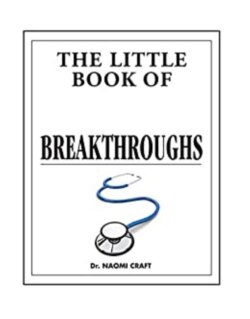Читать книгу The Little Book of Medical Breakthroughs - Dr. Naomi Craft - Страница 10
На сайте Литреса книга снята с продажи.
c. 7000 BC Caesarean Section
ОглавлениеThe operation to remove a child from its mother’s womb to save the baby’s life was a breakthrough. However, when it was first introduced, it was only done when the mother was dead or dying. It was in effect a medical failure for the woman. The first successful Caesarean in Britain did not take place until the late 19th century.
Caesareans have been carried out since Ancient times. Apollo removed Asclepius from his mother’s womb according to Greek myth, and there are many references to the operation in ancient Hindu, Egyptian, Greek, Roman and other European folklore.
The origin of the word ‘Caesarean’ is unclear. In 7th century BC the Romans passed a law – the Lex Caesara – stating that all pregnant women dying while in labour should have surgery to remove the baby. Popular myth suggests that Julius Caesar (100–44 BC) was born this way, although this seems unlikely, because history records that his mother Aurelia (120–54 BC) lived on to see her son’s invasion of Britain. The word may also originate from the Latin verb caedare that means to cut, or possibly from the word caesones, the name given to infants who were cut from their mother’s womb.
The word ‘section’ comes from the surgical term, which means to divide tissue. In a Caesarean, the wall of the abdomen and uterus are both divided to get the baby out.
A Caesarean was a last resort, and nobody really expected the baby to survive, let alone the mother. This began to change in the 19th century, when doctors began to learn more about the anatomy of the body and so were more likely to be successful if they operated.
New developments in antisepsis meant that women were less likely to die from infection after a surgical procedure. Anaesthetics were developed which transformed the experience for the woman. Whereas in the past surgeons had been afraid to sew up the cut in the uterus because they thought internal stitches might cause infection and a ruptured uterus in subsequent pregnancies, by the late 1880s sutures were commonplace.
As the operation became less risky, obstetricians began to recommend the procedure at an earlier stage, rather than waiting until the baby and mother were almost dead, when their chances of surviving any surgical procedure were limited.
The first recorded Caesarean in which both mother and child survived was probably carried out some time in the late 19th century.
See: General Anaesthetic, pages 48–49; Sanitation, pages 61–62
